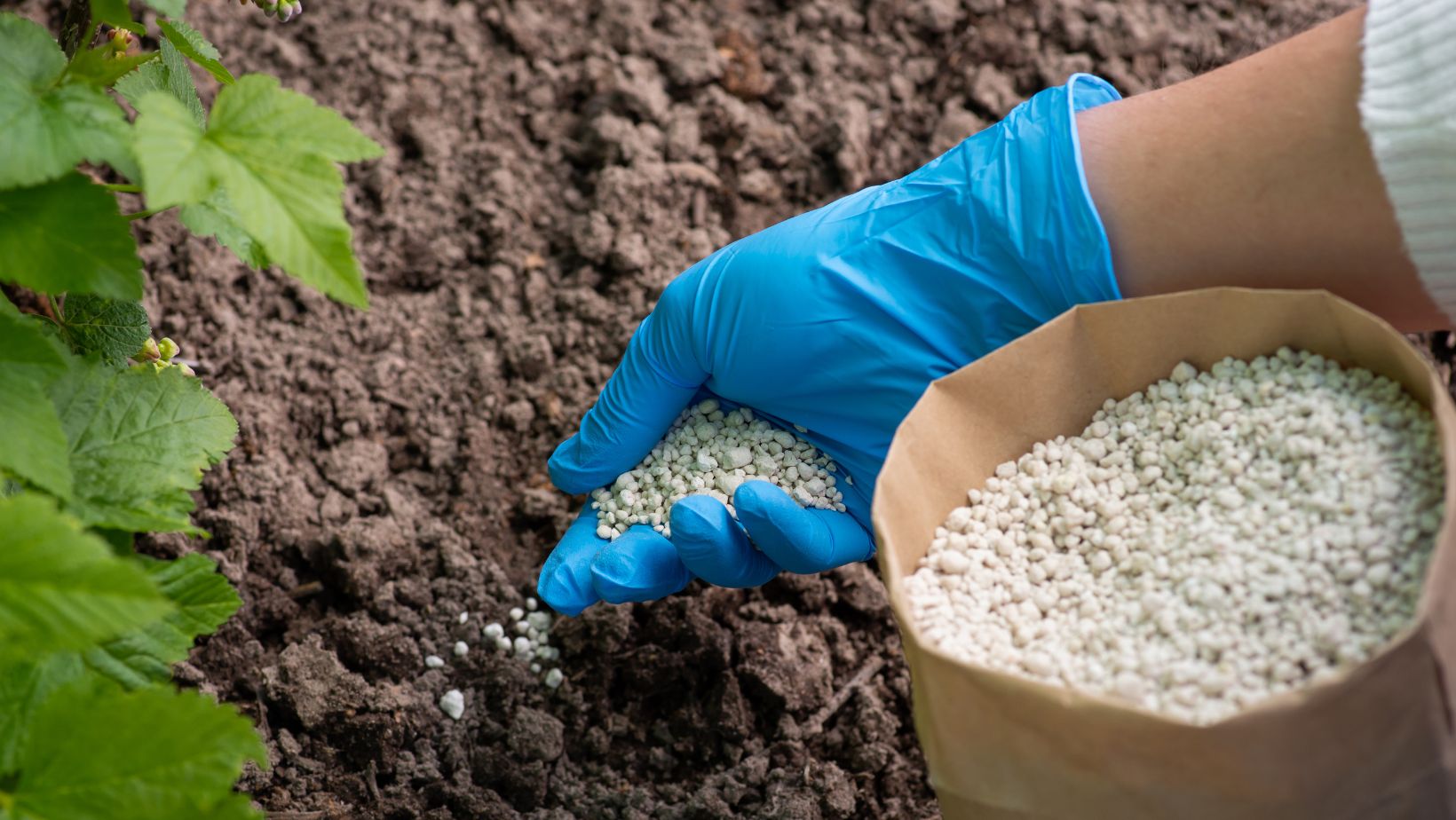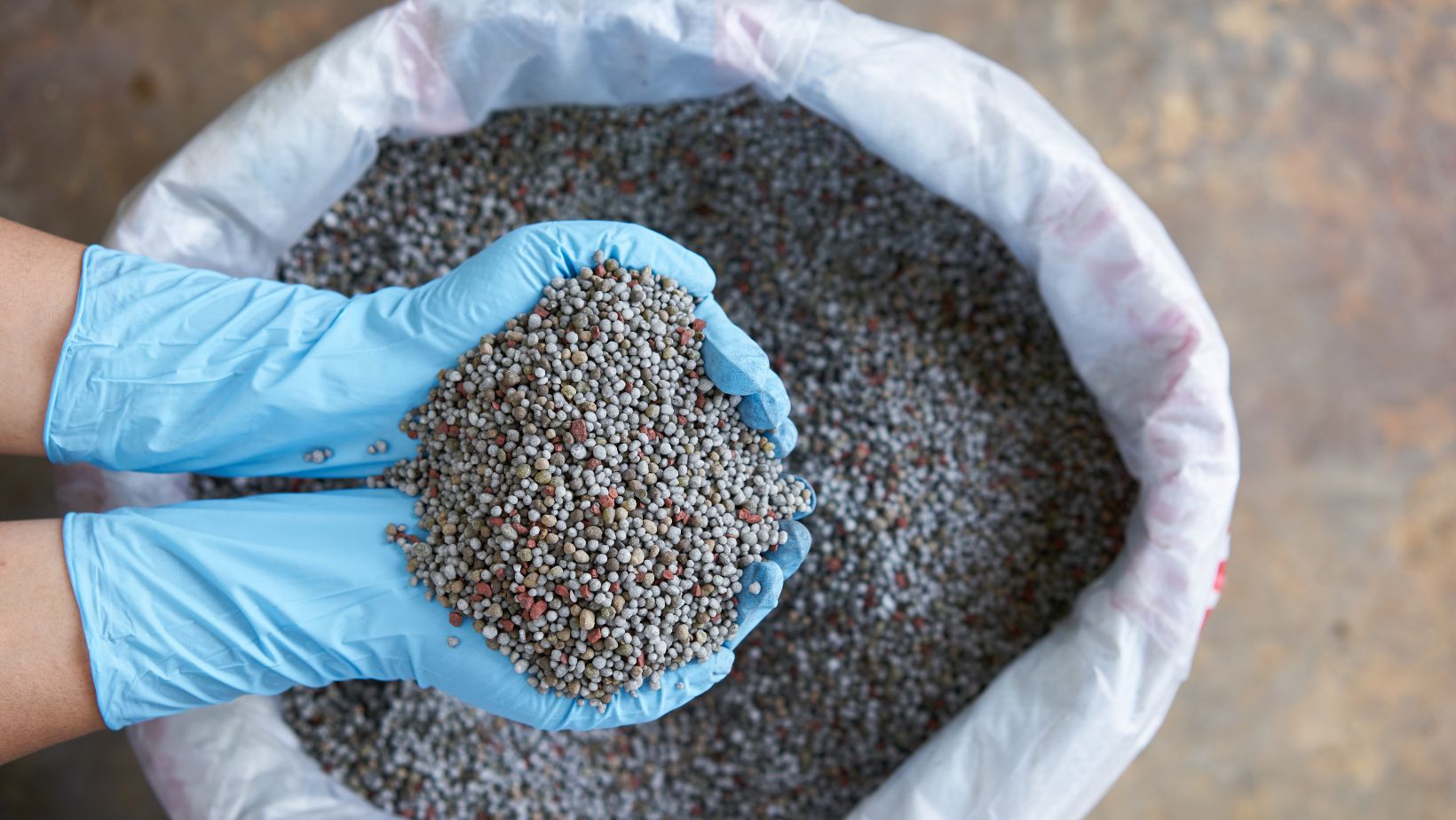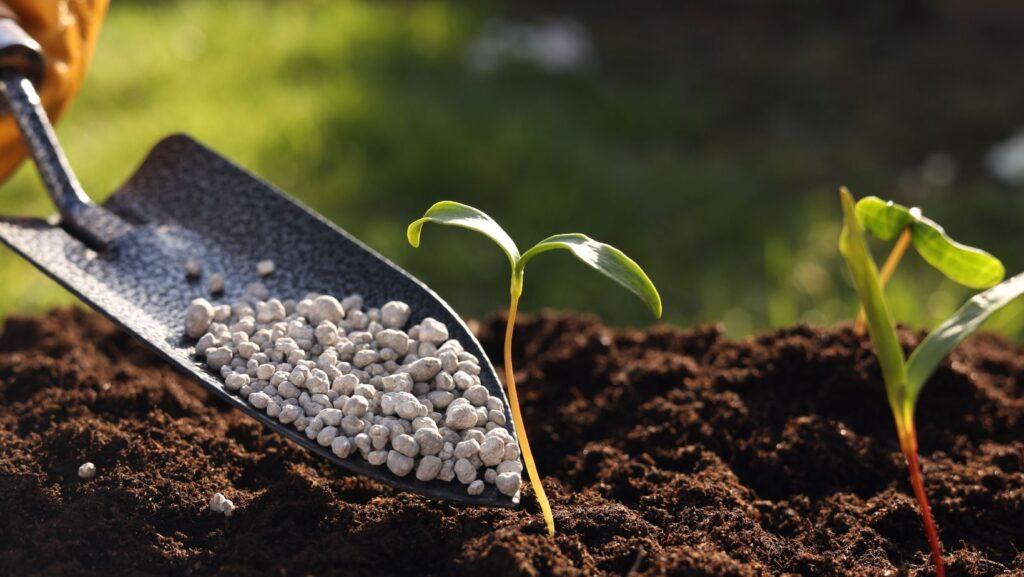With the global population expected to reach 9.7 billion by 2050, ensuring adequate rice production to feed everyone has become more critical than ever. What role do fertilizers play in enhancing rice production?
Fertilizers play a crucial role in rice production by providing essential nutrients (primarily nitrogen, phosphorus, and potassium) that can increase yields by 30-50% compared to unfertilized crops.
While this answer might seem straightforward, it’s essential to continue reading to understand the different types of fertilizers available, their specific benefits, and potential environmental impacts – knowledge that could help farmers make more informed decisions about their fertilizer use and optimize their rice production.
What Are The Different Types Of Fertilizers Used In Rice Production?
Rice farmers typically use three main categories of fertilizers: organic, inorganic (chemical), and biofertilizers. Organic fertilizers include compost, manure, and crop residues, which improve soil structure and provide slow-release nutrients. Inorganic fertilizers, like urea and NPK blends, deliver concentrated nutrients quickly but may need more frequent application.
Biofertilizers containing beneficial microorganisms represent a growing trend in sustainable rice farming. These living fertilizers help fix nitrogen from the air, improve rice crop health, and make soil nutrients more available to plants while having minimal environmental impact.
How Do Different Fertilizers Impact The Environment?
Chemical fertilizers, while effective at boosting yields, can have significant environmental drawbacks. When over-applied, they can lead to water pollution through runoff, contribute to soil acidification, and release greenhouse gases. These environmental costs have led many farmers to seek alternative solutions.
Organic and biofertilizers generally have a lower environmental impact. They improve soil health over time, increase biodiversity, and reduce carbon footprint. However, they typically require larger quantities and may take longer to show results compared to chemical fertilizers.
What Is The Most Timing And Method For Fertilizer Application In Rice Fields?
Proper fertilizer application timing is crucial for maximizing efficiency and minimizing waste. The most critical periods are during the vegetative stage (15-20 days after transplanting), at tillering, and just before flowering. Split applications generally prove more effective than single, large applications.

The application method also matters significantly. Broadcasting fertilizers uniformly across the field is common but can be wasteful. More precise methods, like deep placement of fertilizer balls or strip,s can reduce nutrient loss and increase efficiency by up to 40%. Modern techniques such as site-specific nutrient management using soil testing and GPS mapping are becoming increasingly popular among large-scale rice producers.
What Are The Signs Of Nutrient Deficiency In Rice Plants?
Recognizing nutrient deficiency symptoms early can help farmers adjust their fertilization strategy before yields are significantly impacted. Nitrogen deficiency typically appears as yellowing of older leaves, while younger leaves remain pale green. Phosphorus-deficient plants often appear stunted with dark green or purplish leaves.
Potassium deficiency manifests as brown spots on leaf tips and margins, particularly in older leaves. Iron deficiency causes interveinal yellowing in young leaves, while zinc deficiency results in brown spots on older leaves and stunted growth. Monitoring these signs helps farmers maintain optimal nutrient levels through targeted fertilizer applications.
How Can Farmers Optimize Their Fertilizer Investment?
The rising cost of fertilizers, especially chemical ones, makes it crucial for farmers to maximize their return on investment. The first step is conducting regular soil tests to understand nutrient levels and avoid over-application. This can save 20-30% on fertilizer costs while maintaining yields.

Smart farming practices like proper water management, optimal soil pH, and timing applications with crop growth stages can significantly improve fertilizer efficiency. Additionally, incorporating crop rotation with legumes and using cover crops can naturally enhance soil fertility, reducing the need for external fertilizer inputs. Some farmers are also adopting precision agriculture technologies, such as variable-rate applicators, which can cut fertilizer use by up to 15% while maintaining or improving yields.
Maximizing Rice Productivity
Given the complexity of fertilizer management in rice production, the best first step is to get your soil tested by a local agricultural extension service or laboratory. This simple action will provide a clear picture of your soil’s current nutrient levels and pH, allowing you to develop a precise fertilization strategy that maximizes yields while minimizing environmental impact and costs.
